This week I enrolled in a course with The University of Sydney. The Massive Open Online or MOOC is titled “The Place of Music in 21st Century Education”. In the information about the course, it’s designer Dr James Humberstone says:
What do children need from education now, and in the future? How is technology best used in teaching and learning? How can innovative approaches to education be reconciled with established, traditional ones? What does student-centred learning really mean?
Here is his first provocation to us, the students, followed by my response.
“I believe that the use of noise to make music will continue and increase until we reach a music produced through the use of electrical instruments which will make available for musical purposes any and all sounds that can be heard.” – John Cage (1961), “The Future of Music: Credo“, in SILENCE 3-4.
Was John Cage right? If not, do you think he will be right? Are “electrical instruments” as valid and important music-making instruments as acoustic instruments such as a violin, a piano, a guitar, or a trombone?
John Cage American Composer 1962-1992
John Cage was incredibly provocative and influential in his own time and continues to be since his passing in 1992. There are many people making music today who are highly influenced by him even though they would never know it. His influence on music teachers, composers, dancers and artists has been pervasive.
John Cage loved sound and silence. Strangely, he used to keep his apartment windows open so he could hear the New York traffic. I struggle to go that far even though I greatly admire him and the Zen philosophy he followed of waking up to our own life.
Cage was right of course. ‘Electrical instruments’ are readily available in the technologically developed world – not everywhere and not for everybody – but most of the people over the age of ten on the planet, if they wanted to, could have access to an electrical or electronic instrument. It may be an electric guitar with foot pedal effects, an electronic keyboard, a phone app such as this John Cage prepared piano app, free software for making samples or even a full-blown professional software package with an onboard suite of samples made by others, plus the capacity to make samples from any live source as well as noise generators giving the capacity to make music from noise. We now have the ubiquitous technologies to “make available for musical purposes any and all sounds that can be heard.” John Cage (1961), “The Future of Music: Credo“, in SILENCE 3-4.
Let’s turn to the second question – ‘are they [electronic instruments] as valid and important as acoustic instruments?’ We can glean from the United States organisation The National Association of Music Merchants (NAMM) 2015 Annual Report that in Australia that year, sales in the keyboard sector were up, with digital piano units up 8.5%. and sales of acoustic pianos steady. Without having immediate access to recent worldwide sales figures, I would imagine that electrical and electronic instruments are slightly more in demand than acoustic instruments because acoustic instrument players often also have electronic instruments.
Because of the ubiquitous nature of electronic technologies, there are literally millions of people who play electronic instruments in private. Many also access online lessons for acoustic instruments they wish to try out and sometimes master. Although there has been in the last half-century a strong debate about acoustic versus electronic instruments, at this time it is hardly ever a matter of one kind of instrument or the other, especially for gigging musicians as most use electronics in their practice if not in their performance.
I’m interested to find out if this is still a field with mostly male participants. So far the references have been to books and papers written by men and the teachers have all been male.
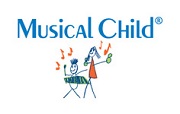

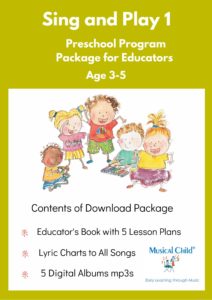

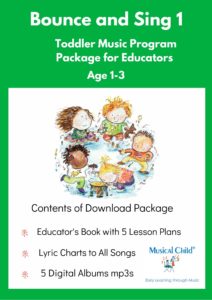
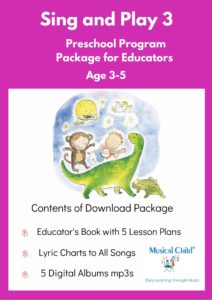
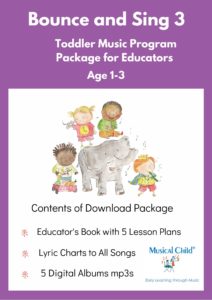
My son is a musician, Carol, using both traditional instruments and electronic technologies. His collective “Council of Elders” explores ambient music and unsound. “https://www.facebook.com/thcouncilofelders/ This outputs from this enterprise is shared freely.
Individually, his music portfolio for playing and listening is largely more traditional and indigenous – the stories of music and its origins – certainly not commercial.
He now has a 2-year old son and I’m intently watching my grandson’s second nature love of music, dance and singing.
Thanks for the link to The Council of Elders – I enjoyed hearing the music on the Facebook site. The worldwide movement towards experimental music has certainly grown exponentially since the 1990s. I love the term “unsound” even though I sometimes have to leave the arena! It’s wonderful to hear about your 2-year old grandson’s love of music, expressed through singing and dancing. I would say it’s actually his first nature. My favourite researcher Sandra Trehub published a study in Nature: Neuroscience in July 2003 claiming that music originates developmentally, it’s in our nature.